14 Tips For Buying A Cheap(Ish) Engagement Ring
14 Tips For Buying A Cheap(Ish) Engagement Ring
Hi, my name is Andy, and I got married a couple years ago. Which means I bought an engagement ring.
So though I'm not exactly an expert, I have a few tips that'll help you if you're out there trying to take on the very scary task of buying an engagement ring for your future spouse.
1. Figure out what kind of stone you need and consider diamond alternatives.
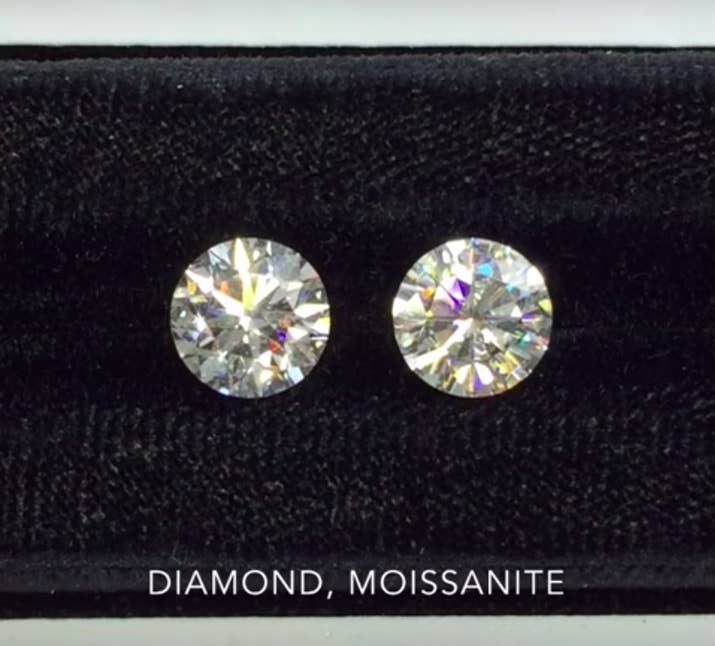
You're gonna want to talk to your S.O. about this one. What kind of stone speaks to them? If they like colored stones like rubies or sapphires, then you'll probably end up spending much less than you would on a diamond. Anything lab-created will likely be cheaper than mined (and almost definitely more ethical, too).
If they still want that diamond look but don't care if it's real or not, consider either moissanite (much cheaper than diamonds) or cubic zirconia (cheaper than pretty much anything). Moissanite is still a naturally occurring stone, though most are simulant (man-made), and are often even more sparkly than diamonds. CZ are simulant and usually don't shine as brilliantly, but will still be plenty sparkly.
Sure, a moissanite or cubic zirconia won't be quite the same as a diamond, but chances are 99% of the people who see the ring won't know the difference.
2. But let's say your partner is set on wanting a diamond. That's OK! You can utilize a GIA report to try to get the biggest and best stone for your budget.

You're going to want to make sure you get a GIA (Gemological Institute of America) report for your diamond, which will tell you all of its stats. There are other agencies that grade diamonds, but the GIA is generally considered to be the gold standard. So be sure to check who graded your diamond, because it might be from some shady organization, or the jeweler themselves!
When you start shopping for diamonds, you're gonna hear a lot about the "Four Cs," which are Color, Clarity, Cut, and Carat. The carat part is the weight of the diamond, i.e. how big it is. The other three will determine how your diamond will look. Cut is graded from Poor to Excellent/Ideal. Clarity is graded from Flawless to Included. Color is graded alphabetically, starting with D (colorless) to Z (light color).
3. If you care about size more than anything else, prioritize cut and clarity over color.
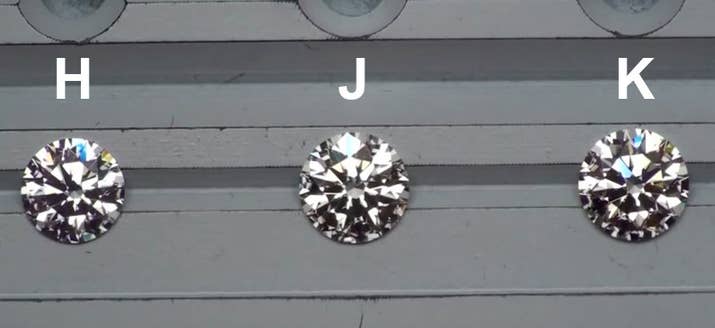
A perfect diamond would be D color, Flawless clarity, and Excellent cut, but a stone like that would cost you a fortune. To the naked eye, it's very difficult to tell that a VS1 or VS2 diamond has any flaws in it...even an SI1 diamond might look perfect to the average person. So don't go for FL, IF, or VVS clarities.
As for color, generally people want to stick between D and J. But if your diamond is, say, VS2 clarity and an Excellent cut, the brilliance of the cut and the high clarity will cover up the diamond's color. The above photo compares H, J, and K color diamonds, and I don't know about you, but I can't tell the difference.
So if you're looking for a real bargain, aim for a K color with higher marks in the other categories. There are whole communities of people who have K color diamonds and love them.
4. Consider a cluster of smaller diamonds, as opposed to a solitaire.
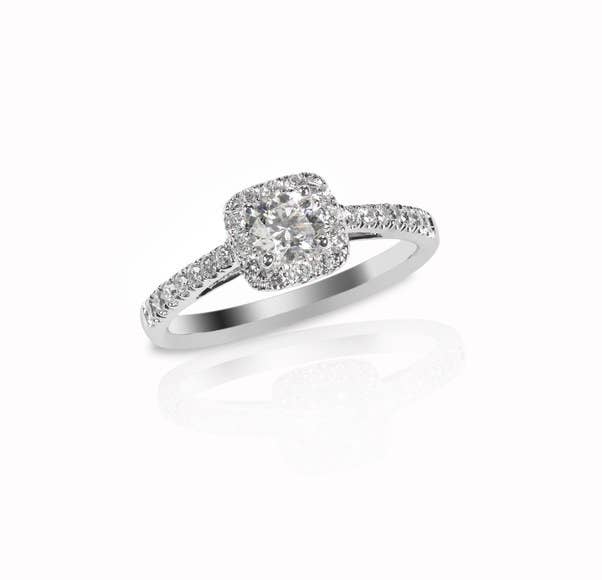
Smaller diamonds cost way less than bigger ones. Like, way, WAY less. So if you're looking at solitaires (one big diamond on its own), it's going to be expensive.
Getting a smaller center stone surrounded by other, smaller diamonds (usually called a halo or cluster style ring) will save a bunch of money, if your S.O. likes the style.
5. Instead of a one-carat diamond, try to get one that's, say, 0.97 carats.
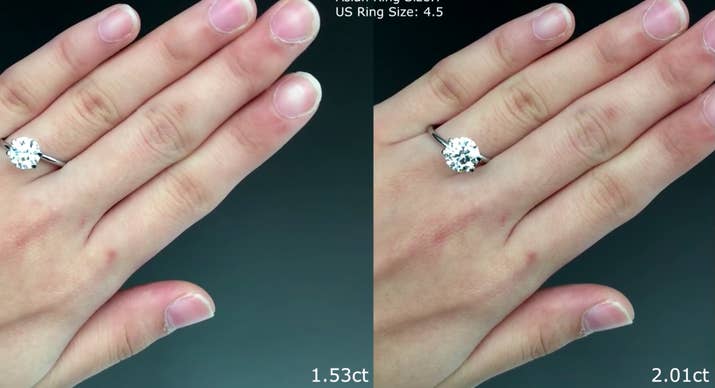
In most cases, you'll see a noticeable difference in price between a diamond that's 2 carats versus one that's 1.7 carats. Diamonds are often priced in carat "brackets," likely because people go looking for a stone that has a specific carat weight, so a stone that's slightly lower is less desirable to those shoppers. However, a stone that's only a small fraction of a carat lower will look pretty much the same size.
6. If you need to buy a solitaire with inclusions or K color, make it a round brilliant stone.
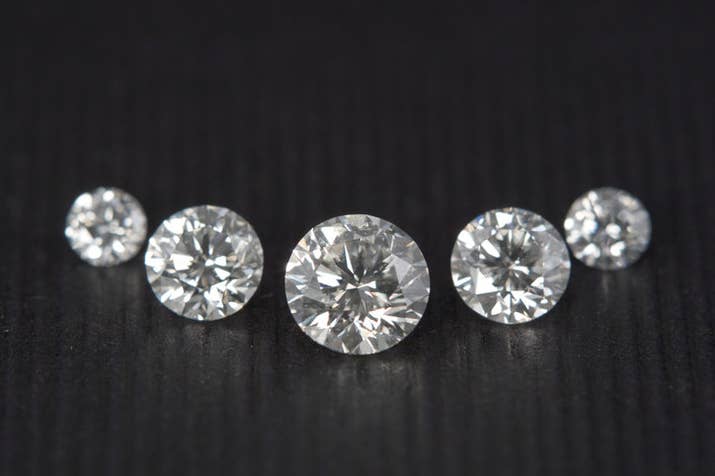
Generally, round brilliant-cut stones have the most sparkle because of the way they're cut. So unless your S.O. is hell bent on getting an emerald cut or something, go with round. The more sparkle the stone has, the less you'll notice any inclusions (flaws) or yellowish color.
7. For lower prices, don't buy from a big-name, chain store jeweler like you see at the mall.
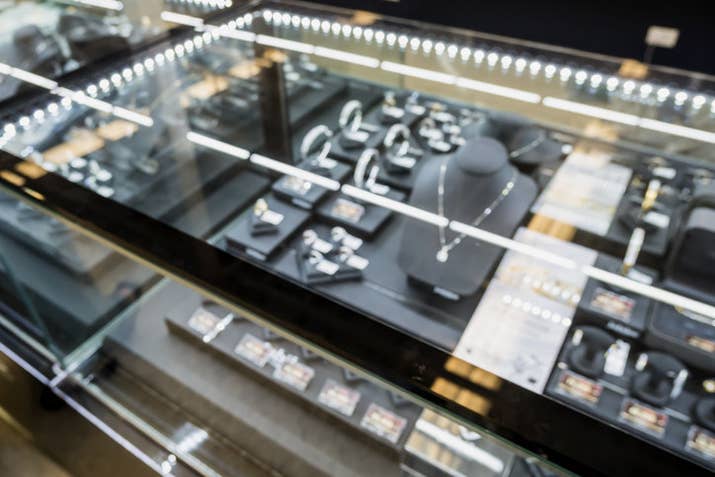
You know the jewelers you always see commercials for around the holidays? They offer big brand names, but you have to pay the price for them. Same goes for department stores. So if the brand isn't important to you, buy from a smaller, independent jeweler.
8. Check your local jeweler or a jeweler in your nearest big city.
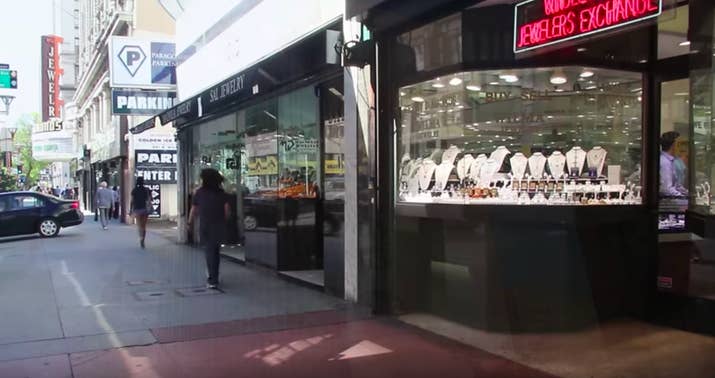
For example, the "diamond district" in downtown Los Angeles has countless jewelers selling diamonds, and that local competition often means discount prices. Just make sure to do your research, shop around, check Yelp, and make sure you get a certified GIA report with your diamond!
9. If you do buy local, haggle!
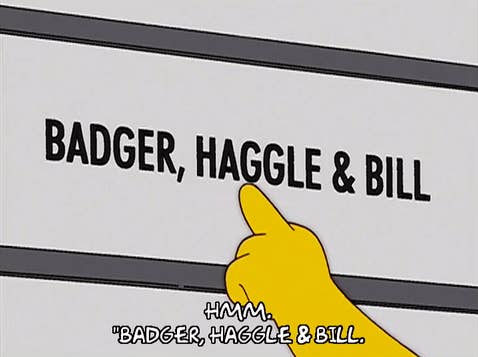
It may or may not work, but depending on the seller you might be able to talk down the price a little bit. Even if that doesn't work, the jeweler might offer a discount on your wedding bands if you buy those from them as well.
10. Check online. Yes, online, as in the internet!

Some online jewelers sell loose diamonds that can be put into a setting, and allow you to see actual, up-close photos and videos of the diamond you're purchasing so you can truly comparison-shop in a way you can't in a store. This is probably your best bet for the lowest prices if you don't live close enough to a big city with a jewelry district.
Personally, I bought my wife's engagement ring from James Allen, and although the thought of shipping something so expensive was terrifying, it worked out well for me. They allow you to send back the ring if you want anything changed, and I took advantage of that when I discovered I didn't love the setting I chose as much as I thought I would.
11. Don't overpay for your setting.
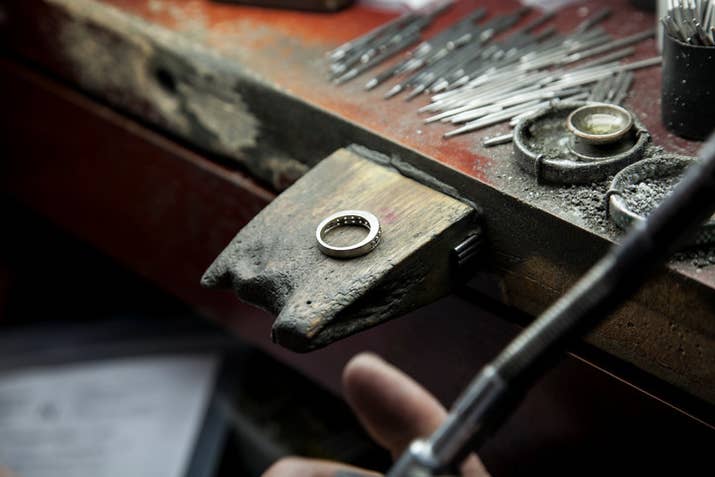
Platinum is a beautiful, durable metal. It is also really, really expensive. Gold is going to cost less and will still serve you well. If you're on an incredibly tight budget, sterling silver and an alternative gemstone can give you a unique piece. However, bear in mind that people with sensitive skin or nickel allergies might need platinum, as it has no nickel and will have the least chance of irritating the skin. Figure out what metal works best for you, and don't let yourself be upsold if you don't need to be.
12. Know the difference between conflict-free and other labels.
"Conflict-free" is probably the label that most people know when it comes to ethically sourced diamonds. However, conflict-free really only means that the diamond didn't fund any side in a violent conflict, e.g. a civil war. You may have to do more digging to find out if the diamond was fully ethically sourced, meaning no child labor, no exploitative practices, and no environmentally damaging processes were used. Diamond Foundry — which is backed by Leonardo DiCaprio — uses ethical and environmentally friendly mining practices in the US, and offers pretty good prices.
13. If you're not superstitious, buy used!

Sites like Have You Seen The Ring and I Do Now I Dont have a marketplace of sellers trying to pawn off used engagement rings and wedding bands. The prices are usually set by the seller, so you'll still have to comparison-shop in order to make sure you're getting a good price. However, you're probably aware that diamonds are a bit like cars, in that they lose most of their value right after you buy them new...so a used ring should be a great deal.
14. Remember that you don't need to stick to any kind of tradition if you don't want to.
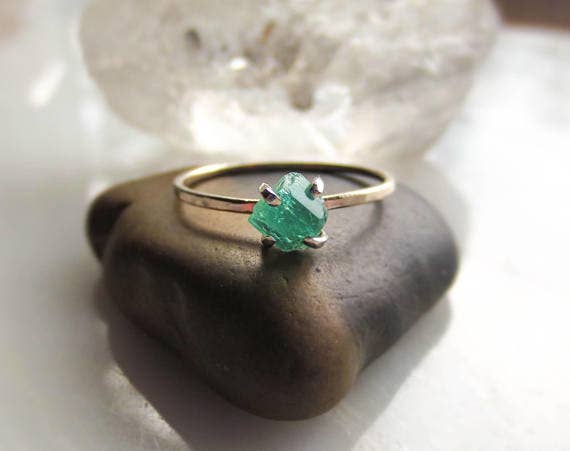
The only thing that matters is what you and your S.O. want. Do you want a big ol' sparkly diamond on a platinum setting? If your budget allows, you should do that! Are you both okay with a proposal that involves a ring made out of tin foil? Adorable, go for it! Don't let what anyone else thinks a ring, proposal, or wedding should be change what you want.
